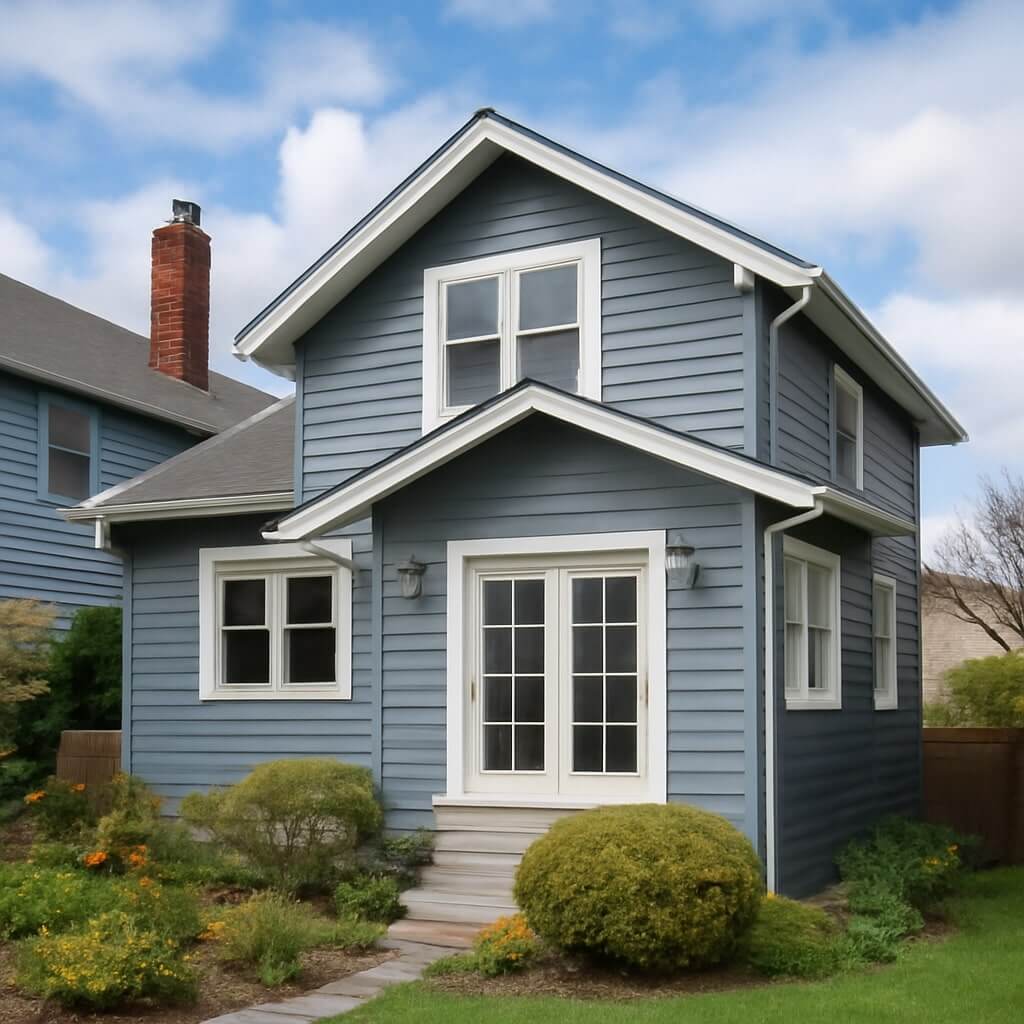Planning a home addition in Seattle can be both exciting and challenging. You’ll need to navigate zoning laws, secure permits, and set a realistic budget. It’s essential to choose designs that fit your home’s character and find the right contractor to bring your vision to life. Plus, you should prepare for the inevitable construction disruption. Knowing these five key factors can set you on the path to a successful project. Let’s explore each one.
Key Takeaways
- Understand Seattle’s zoning laws and engage with the local zoning office for necessary permits and compliance.
- Create a detailed budget that includes labor, materials, and permits, and explore financing options.
- Choose designs and materials that complement your home’s current aesthetics while considering modern trends and energy efficiency.
- Hire a qualified contractor with a successful track record in home additions, ensuring clear communication and transparency in costs.
- Prepare for construction disruptions by setting realistic expectations for temporary living arrangements and overall project timelines.
Understanding Zoning Laws and Permits
When you’re planning a home addition in Seattle, how well do you understand the zoning laws and permits that could affect your project?
Familiarizing yourself with zoning regulations is vital, as they dictate what you can and can’t build on your property. Engaging with your local zoning office can help clarify these rules.
Additionally, maneuvering through the permit process is essential; you’ll need the appropriate permits to avoid penalties or delays. It’s a good idea to gather all necessary documentation and consult with professionals who can guide you through this complex landscape, ensuring your addition meets all legal requirements.
Budgeting for Your Home Addition
Once you’ve navigated the zoning laws and secured the necessary permits, the next step is to focus on budgeting for your home addition. Start by gathering cost estimations for labor, materials, and any additional expenses. Consider your financing options, such as home equity loans or personal loans, to fund your project effectively.
| Item | Estimated Cost | Financing Options |
|---|---|---|
| Labor | $10,000 | Home Equity Loan |
| Materials | $15,000 | Personal Loan |
| Permits & Fees | $2,000 | Savings |
Planning these aspects carefully guarantees a smoother process.
Choosing the Right Design and Materials
As you begin your home addition journey, choosing the right design and materials is essential for achieving a seamless integration with your existing space.
Stay updated on current design trends to guarantee your addition complements your home’s aesthetic. Consider open floor plans or energy-efficient designs that enhance functionality.
When it comes to material options, think about durability and maintenance; hardwood floors or natural stone can add warmth and character.
Don’t forget to match colors and textures with your home’s exterior and interior, creating a cohesive look.
Thoughtful choices here will make your addition feel like a natural extension of your home.
Hiring the Right Contractor
Finding the right contractor is just as important as choosing the perfect design and materials for your home addition. You want someone who understands your vision and can execute it flawlessly.
Here are some key factors to take into account:
- Contractor Qualifications: Check their licenses, insurance, and references.
- Experience: Look for someone with a proven track record in home additions.
- Communication Strategies: Confirm they’re responsive and keep you updated throughout the process.
- Budget Transparency: They should provide clear estimates and be upfront about costs.
Choosing wisely now will save you time and stress later!
Planning for Disruption and Timeline Expectations
While planning your home addition, it’s essential to prepare for the inevitable disruptions that come with construction. You might experience construction noise and the need for temporary living arrangements, so it’s important to set realistic expectations.
Here’s a simple breakdown:
| Phase | Duration | Considerations |
|---|---|---|
| Preparation | 1-2 weeks | Permits, design finalization |
| Demolition | 1 week | Dust, noise, debris |
| Construction | 6-12 weeks | Ongoing noise, limited access |
| Finishing Touches | 1-2 weeks | Clean-up, inspection |
Communicate with your contractor regularly to navigate these challenges smoothly.
Conclusion
In conclusion, planning your Seattle home addition requires careful consideration of zoning laws, budgeting, design choices, contractor selection, and potential disruptions. By addressing these five key factors, you’ll not only streamline the process but also guarantee your project aligns with your vision and needs. Remember, taking the time to prepare will lead to a smoother experience and a successful addition that enhances your home for years to come. Enjoy the journey of creating your perfect space!

